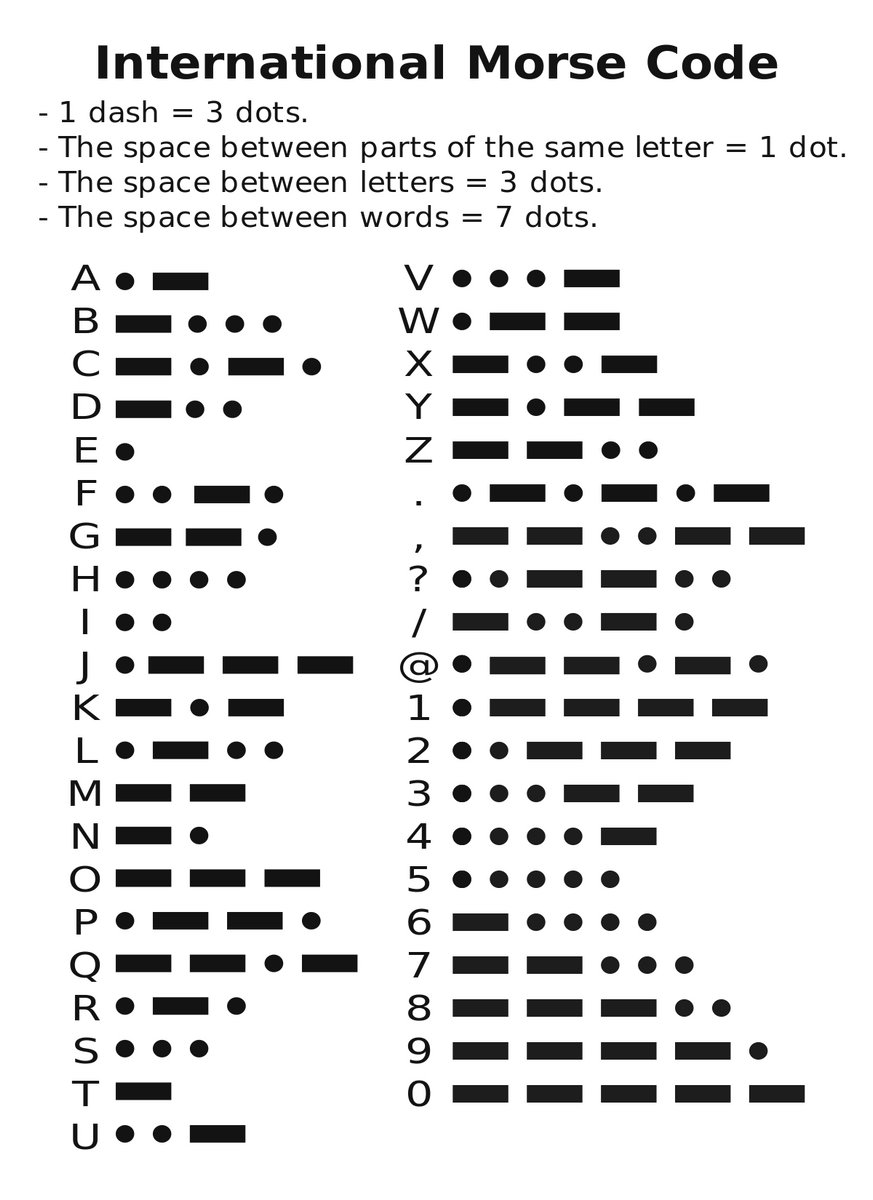Translating Morse Code

In a world dominated by digital communication, Morse code remains a symbol of human ingenuity and resilience. Developed by Samuel Morse and Alfred Vail in the early 19th century, this simple yet ingenious system of dots and dashes revolutionized long-distance communication. Despite being over 180 years old, Morse code still finds utility in various domains, from aviation and maritime communication to amateur radio operations. But what exactly is Morse code, and how does one go about translating it?
At its core, Morse code is a method of encoding text characters as sequences of two different signal durations called dots and dashes or dits and dahs. Each letter or numeral is represented by a unique combination of these elements. For example, the letter ‘A’ is represented by “.-” while ‘B’ is “-…”. The genius of Morse code lies in its simplicity and adaptability. It’s not tied to any specific language and can be transmitted using various methods, including sound, light, and radio waves.
Translating Morse code involves understanding this fundamental encoding system and decoding the sequence of dots and dashes into readable text. While it might seem daunting at first, with a bit of practice and familiarity with the code, anyone can learn to decipher Morse messages.
One common method of translating Morse code is by using a reference chart or guide. These charts typically list the Morse code representations for each letter, numeral, and punctuation mark. By referencing this chart, one can easily decode Morse messages by matching the sequence of dots and dashes to their corresponding characters.
Another approach involves learning the code through sound patterns. Many enthusiasts practice Morse code by listening to audio recordings of Morse signals and associating the sounds with their respective characters. This method not only improves decoding speed but also hones one’s ability to recognize Morse code in real-time transmissions.
In addition to manual translation methods, there are numerous online tools and apps available that can automatically translate Morse code into text and vice versa. These tools often come in handy for beginners or those looking to quickly decode Morse messages without memorizing the entire code.
Table of Contents
ToggleCommunication
While Morse code may seem archaic compared to modern communication technologies, its resilience lies in its simplicity and reliability. In situations where other forms of communication might fail, Morse code continues to serve as a robust backup method, especially in emergency scenarios where clear and concise communication is crucial.
Proficiency
Morse code holds a special place in the hearts of amateur radio operators and enthusiasts who see it as a timeless skill worth preserving. Many radio clubs and organizations around the world offer Morse code proficiency tests and competitions, keeping the tradition alive and fostering a sense of camaraderie among Morse enthusiasts.
Conclusion
Translating Morse code is not just about deciphering dots and dashes; it’s about tapping into a rich history of communication innovation and human perseverance. Whether for practical purposes or as a hobby, learning Morse code offers a fascinating glimpse into the evolution of telecommunications and the enduring legacy of Samuel Morse’s ingenious invention. So why not give it a try? Who knows, you might just discover a new appreciation for this timeless form of communication.





